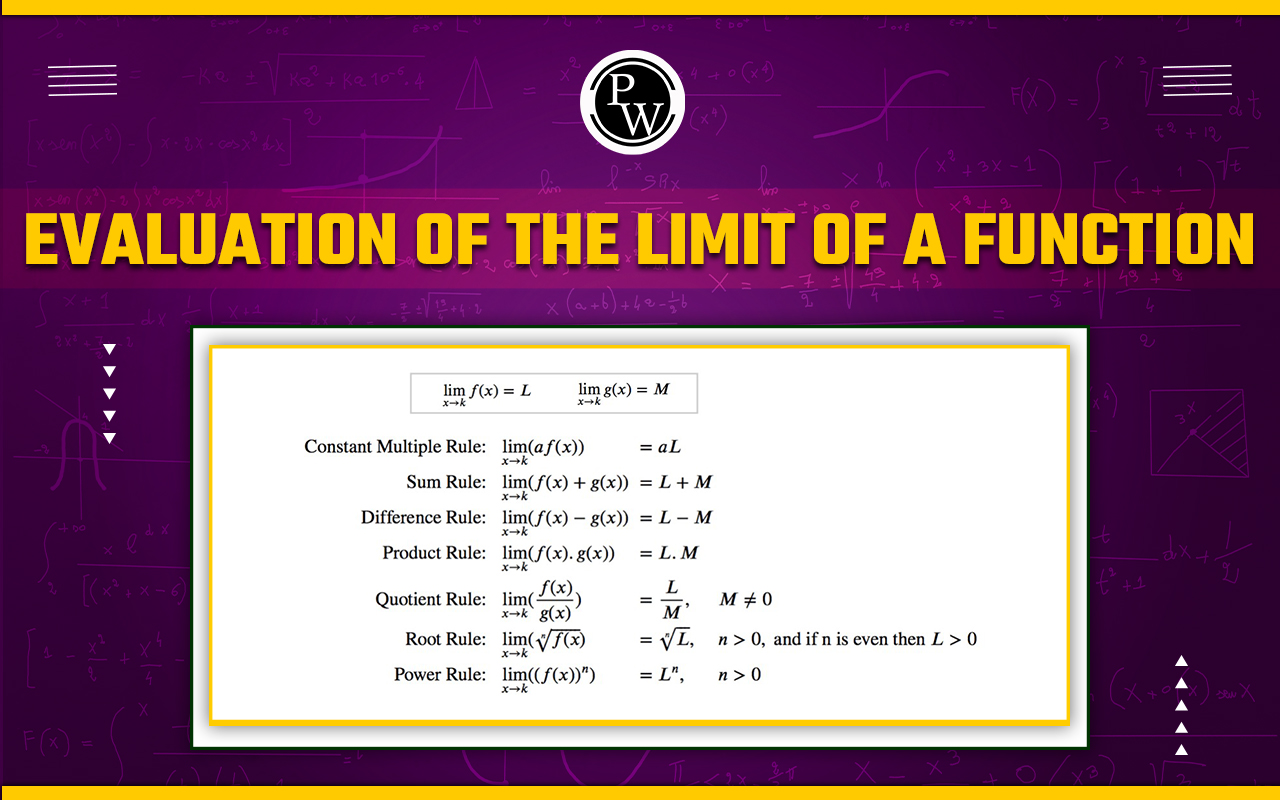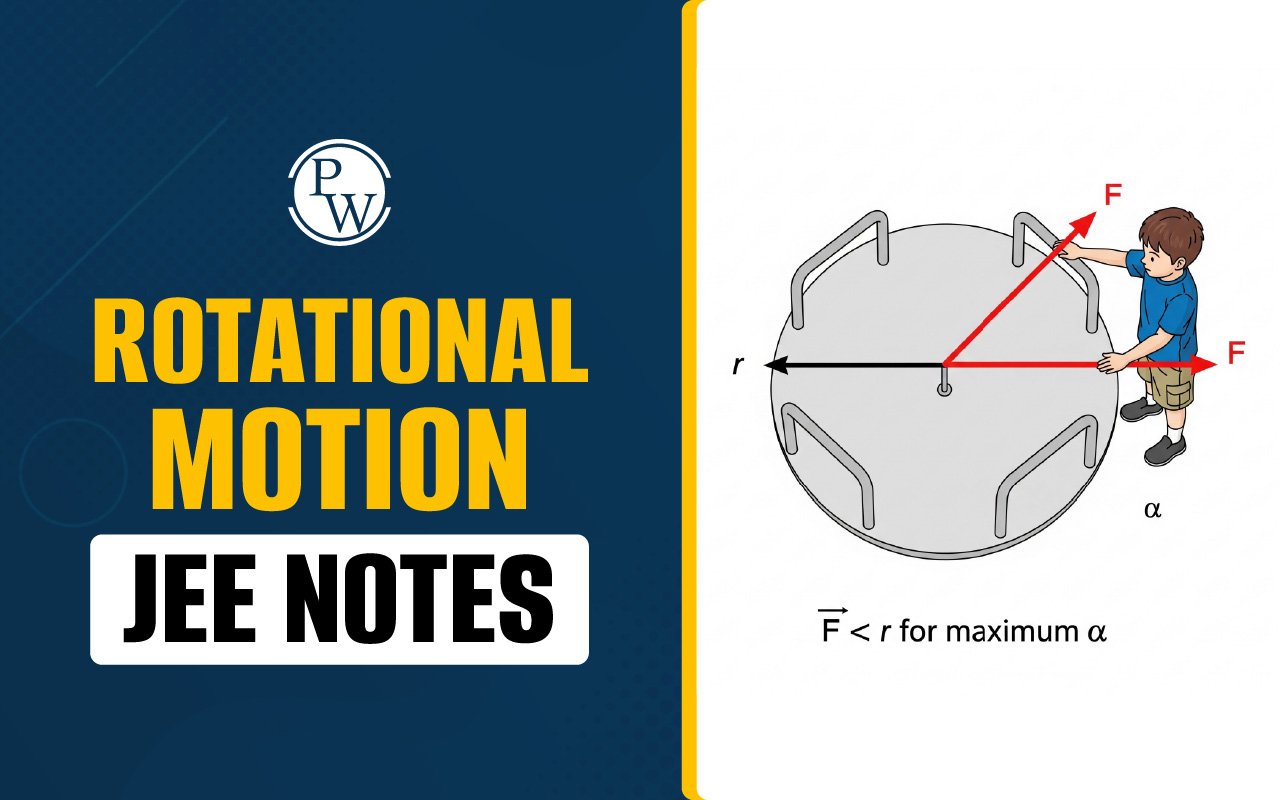

Evaluation of the limit of a function : Limit of a functions is used to analyse behaviour of a function near the particular input which may not be the part of domain, formal definition of limit was given in early 19 th century before that it was defined as if a function gets closer to certain value q when input is being close to certain value p than limit of the function exist and if input gets close to certain value p but output is not getting closer to certain value q than limit does not exist.
limit has various applications such as defining slope of tangent in graphs, finding the value of the function where it is discontinuous finding values of the indeterminate terms.
Limit of a function gives the value towards which the function is approaching, this approach could be from left hand side or right-hand side. Limit of a function exist only when left hand limit and right-hand limit exist and equal there are various methods to find limit of a function. Such as direct substitution of limit, Factorization method, rationalization method, substitution of limiting variable to zero by expansion, using standard results etc. We will explore limit of function by using different methods in this section.
As we know limit of function exist only when function approaches to a finite value from both sides. So, reason of non-existence of limit could be either no existence of value or value from left hand and right hand are not equal.
Evaluation Of The Limit Of A Function Introduction
Introduction: Limit of a function is found by various methods such as direct substitution, factorization method, rationalization method, expansion of trigonometric functions method using standard results etc. during process of finding limit first use the direct substitution method which may lead the result to three form finites, indetermined or does not exist, finite result or does not exist is the final answer but for indeterminate form we must try to determine the result. Indetermined form could lead to be zero or does not exist result. let’s discuss them here with examples.
Examples based on substitution of limits
Example 1:
Find value of
Solution: In above substitution of limit giving finite value
=
Function is approaching towards 0 as x moving to 1.
Example 2:
Find value of
Solution:
By putting limit, we could observe form is in
from which is indeterminate form and can be determined by cancelling common factor (
x
–6)
(limit is approaching towards it)
Example 3:
Find value of
Solution:
By putting limit term is in
form which is indeterminate also we have irrational term in denominator. So, rationalization could help.
(limit is approaching towards it)
Example 4:
Find value of
Solution:
As we know cos π = –1 and tan
2
π = 0, so limiting function is in
form, Substitution method could be used here:
Let x = π + h
{
}
{cos θ = 1 – 2 sin
2
}
function is approaching to
.
Example 5:
Find value of
Solution:
Above limit is in
form which could be determined, here expansion method could help
, limiting value is approaching towards
.
Example 6:
Find value of
.
Solution:
Above term is also in
form which is indeterminate form and could be determined, here standard results could help.
{
}
(limit is approaching towards it)
Rapid Question: (Based On Substitution Of Limits)
(1)
Find value of
(2)
Find value of
(3)
Find value of
(4)
Find value of
Miscellaneous Illustrations based on substitution of limits
Illustration:
(1)
Find value of
Solution:
Substitution of limit in above term is leading the result to
form which could be determined, here substitution approach would work.
Let
{as
}
, limiting value is approaching to 1.
(2)
Find value of
Solution:
Above term is in
form which could be determined by using substitution and rationalization method.
Let
{
}
=
(limit is approaching towards it)
(3)
Find value of
Solution:
Above term is in
form which could be solved by simplifying the term and using direct substitution.
{
}
=
(limit is approaching towards it)
(4)
Find value of
Solution: Above term is in 1 ∞ form which could be determined by using logarithm property.
By taking log both sides
{
}
(limit is approaching towards it)
Rapid Question
(1)
Find value of
(2)
Find value of
(3)
Find value of
Evaluation Of The Limit Of A Function FAQs
Q.1: Limiting value of a function at any point is exact value of it at that point?
Q.2: For irrational terms rationalization method could be used?
Q.3: Every limiting function has specific method to solve?
Q.4 : Limiting value of a function always gives finite result?












